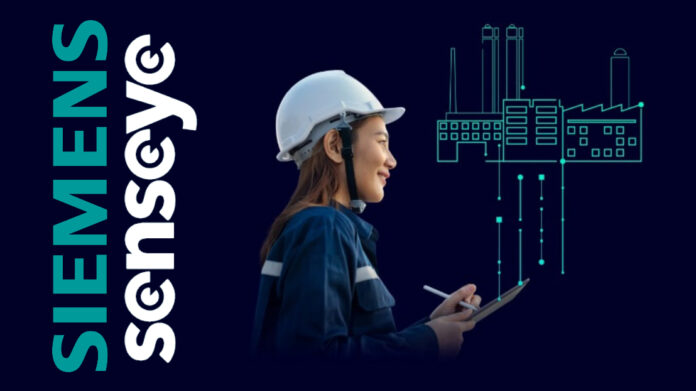Siemens is to bundle generative AI with its machine learning software for predictive maintenance cases, which draws on data from IoT sensors and other operational metrics in production machines and processes to guide industrial companies on timely maintenance fixes and interventions. The move means the firm’s Senseye maintenance software will have a new “conversational user interface” to make predictive maintenance more intuitive, it said.
The upgrade is available from “this spring”, and is already being used by certain customers. As it stands, the Senseye solution uses machine learning algorithms to analyse machine and maintenance data, and present notifications in “static, self-contained cases”. The new generative AI functionality means it also scans and groups cases “from all of their machines and systems”, in multiple languages, and seeks past cases to provide context for current issues.
It is also capable of processing data from different maintenance software, said Siemens. On top, the new interface “facilitates a conversation between the user, AI, and maintenance experts… [to] streamline the decision-making process”, it declared. Data is processed in a private cloud environment, safeguarded against external access, and unavailable to train external generative AI models. “Data doesn’t need to be high-quality,” it added.
Siemens acquired Senseye for an undisclosed fee in 2022. The UK-based, founded in 2014, was picked up by Zurich-based venture firm Momenta Partners as an early portfolio company; it claimed at the time its IoT sensing and analytics product, available on subscription (as-a-service), reduces unplanned machine downtime by up to 50 percent and increases maintenance staff productivity by up to 30 percent.
Its pitch, from the start, has been to provide a software solution for industrial maintenance that requires no background in data science or traditional condition monitoring. Senseye has sold its product variously into the automotive, food and beverage, mining and metals, heavy industries, and energy sectors, including to “multiple” Fortune 500 industrial and manufacturing companies.
Siemens said in a statement: “With little to configure, it also factors in concise maintenance protocols and notes on previous cases to help increase internal customer knowledge. By better contextualising information at hand, the app is able to derive a prescriptive maintenance strategy… The combination of generative AI and machine learning creates a robust, comprehensive predictive maintenance solution that leverages the strengths of both.”
The firm said the upgrade is not about technology just for the sake of it. “It’s about driving tangible benefits for manufacturers,” it said. “It increases productivity, promotes sustainability, and accelerates digital transformation… It also addresses skills shortages… because it captures and resurfaces expert knowledge from [an] ageing workforce… [and so] empowers less-experienced shop-floor employees, making them more efficient and effective in their roles.”
Margherita Adragna, chief executive for customer services in Siemens digital industries division, said: “By harnessing the power of machine learning, generative AI, and human insights, we’re taking Senseye… to the next level. The new functionality… [helps] customers to streamline maintenance processes, enhance productivity and optimise resources. This marks an important milestone in countering skill shortage and supporting our customer’s digital transformation.”
In a supplied quote, Colin Robertson, digital transformation manager at BlueScope, an Australian steel manufacturer, already using the new Senseye solution, commented: “Senseye… has been more than a tool; it’s a catalyst for change in our organisation. [Its] generative AI functionality… will help to accelerate our efforts to scale knowledge sharing across our global teams and will continue to support our ambitious digital transformation strategy.”

